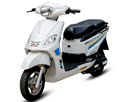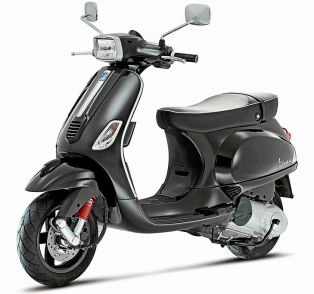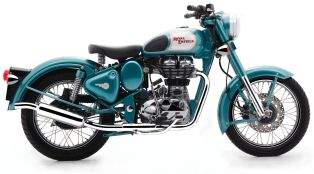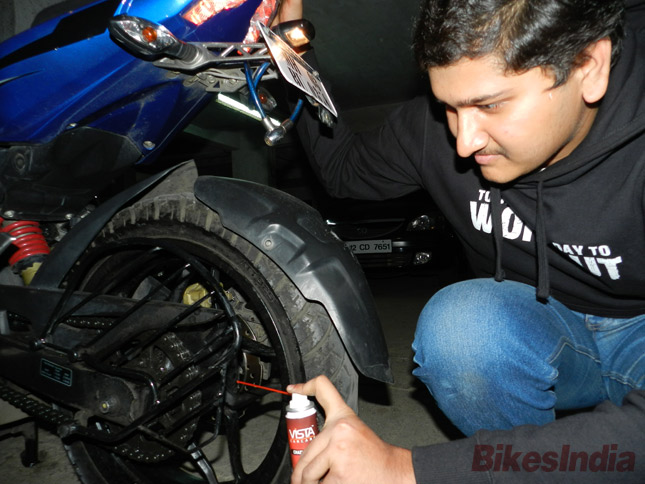 Buying a bike is just a part of an ownership experience. Maintaining the bike is a different ball game altogether. We at BikesIndia receive numerous queries where our followers ask us questions regarding the servicing schedules, oil to be used, which parts need replacement and which don’t. So we thought that it would be better if all the queries could be sorted at a single place, and that is the idea behind this article. So read it carefully, as it will help you maintain your ride better.
Buying a bike is just a part of an ownership experience. Maintaining the bike is a different ball game altogether. We at BikesIndia receive numerous queries where our followers ask us questions regarding the servicing schedules, oil to be used, which parts need replacement and which don’t. So we thought that it would be better if all the queries could be sorted at a single place, and that is the idea behind this article. So read it carefully, as it will help you maintain your ride better.First and foremost, a request to everyone is to follow your service manual to the “T” as much as possible if you do not know exactly what your bike requires and what needs fixed. I personally do not follow my servicing manual as I have spent a lot of time with my bike to know exactly what is wrong with it and how that needs fixing. I generally get my bike done from a trusted mechanic under my supervision and commands of what needs to be done and how. But that doesn’t always apply to everyone.
RELATED ARTICLE: 5 Basic Routines To Maintain Your Motorcycle
Most bike companies have a regular service period of 3 months or 5000 kilometres, whichever is earlier. This is fine if you have that much extensive use of the bike or if your bike stays unprotected all the time when parked. If you have a covered parking or keep the bike covered properly, then the service interval can extend up to 6 months. Do note that there is no compromise on the kilometres reading. You have to get your bike serviced every 5000 kilometres, no matter what. And every time, the meter is set to zero after the servicing. So for example, suppose your bike completes 3500 kms in 6 months and you service your bike, then the next service has to be 3-6 months or 5000 kms, whichever is earlier, from the date of the last service.
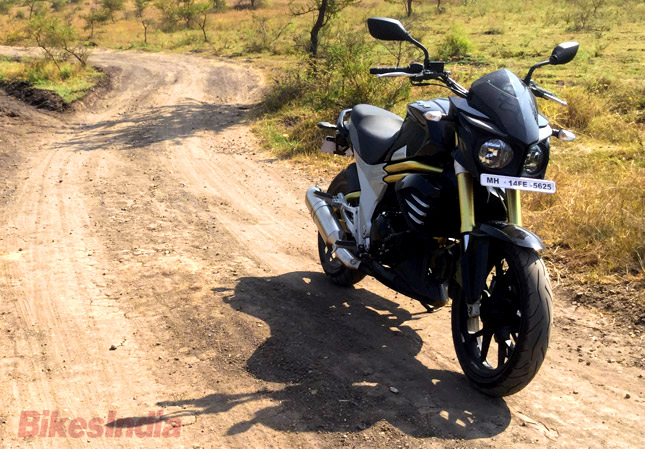 But that doesn’t mean you only get the bike serviced then and the rest of the time you use it as is. If by any chance you feel something wrong with the bike, such as loosened brakes, tightened clutch, among others, you can simply take the bike to the service station and get it fixed. Also, if you are planning a long ride on your bike, no matter how many kilometres you have covered since the last service; it is always a good idea to get the bike checked to ensure there are no little niggles left back that could trouble you during the ride.
But that doesn’t mean you only get the bike serviced then and the rest of the time you use it as is. If by any chance you feel something wrong with the bike, such as loosened brakes, tightened clutch, among others, you can simply take the bike to the service station and get it fixed. Also, if you are planning a long ride on your bike, no matter how many kilometres you have covered since the last service; it is always a good idea to get the bike checked to ensure there are no little niggles left back that could trouble you during the ride.Now that the issue about the servicing timeline has been cleared out, it is time to understand what all needs to be checked and serviced in a standard servicing. For all bikes universally, the standard servicing includes checking the battery charge, checking if all the electronics are working, brake pads cleaning, all fluids including brake fluids, fork oil, engine oil, and coolant (if any). Then there is the chain cleaning and setting, tyre pressure, wheel alignment and balancing, air filter cleaning, carburetor cleaning and tuning in the case of carbureted bikes, or fuel map checking for fuel injected bikes, and spark plugs cleaning. If the above things are done in a proper manner, then the bike’s servicing is done. Only in some cases where there might be some issues is when extensive repairing is required.
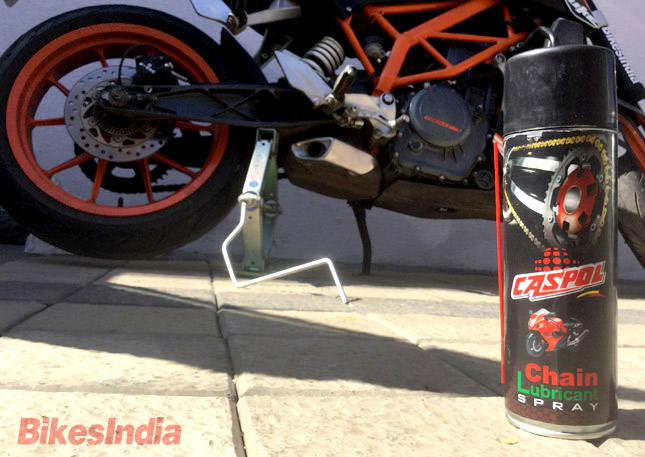 Coming to the consumables and replacement of parts; the first and foremost is the engine oil. Most engine oils have an average life of 5000-7000 kms after which they need replacement. This works out well most of the times as the usual servicing interval is also 5000 kms so you can get your engine oil changed. In case you have not completed the required kilometres on the oil, then you can continue using the same oil for up to 12 months from the date of being put into the engine. If the engine oil is not utilized for the said kilometres but has been in the engine for over 12 months, you should get it changed. The reason being, oil starts degrading over time even when not used and that could cause issues to the engine. So providing your engine with some fresh oil has its own advantages.
Coming to the consumables and replacement of parts; the first and foremost is the engine oil. Most engine oils have an average life of 5000-7000 kms after which they need replacement. This works out well most of the times as the usual servicing interval is also 5000 kms so you can get your engine oil changed. In case you have not completed the required kilometres on the oil, then you can continue using the same oil for up to 12 months from the date of being put into the engine. If the engine oil is not utilized for the said kilometres but has been in the engine for over 12 months, you should get it changed. The reason being, oil starts degrading over time even when not used and that could cause issues to the engine. So providing your engine with some fresh oil has its own advantages.RELATED ARTICLE: All You Need To Know About Motorcycle Engine Oils- Engine Oils Demystified
Secondly comes the air filter. Generally a thorough cleaning does help, but it is a good practice to have the air filter changed every 10000 kms, +/- 2000 kms if you are staying or using the bike in a place with a lot of dust and dirt around. The cost is not high and hence it doesn’t hurt. The same applies for your engine oil filter. It is mandatory to change the oil filter if you are switching brands or oil type or grade of the oil. But if not, then you can change the oil filter at every alternate change. Brake pads also need changing when the pads become too thin and lose its padding for grip or if the pads become too hard to grip the disc properly. This is not necessarily a service time change, and can be done anytime whenever required. The same applies for engine oils if you happen to be running engine oil with an odd lifetime.
RELATED ARTICLE: Effects of Low Engine Oil Level
So in conclusion, ensure that you get the bike serviced at time and keep a keen eye on the key components. Keep you chain clean and well lubed, your engine oil healthy, carb well-tuned, tyres properly inflated, and the brakes functioning properly and you will not face any issues with your bike no matter what. From BikesIndia, ride hard, ride safe, use proper gear, take good care of the bike and yourself and enjoy the bliss. Stay tuned to BikesIndia for more such informative articles to make your riding and bike ownership a breeze, and comment below in case of any specific queries.
By: Pratik Patole





